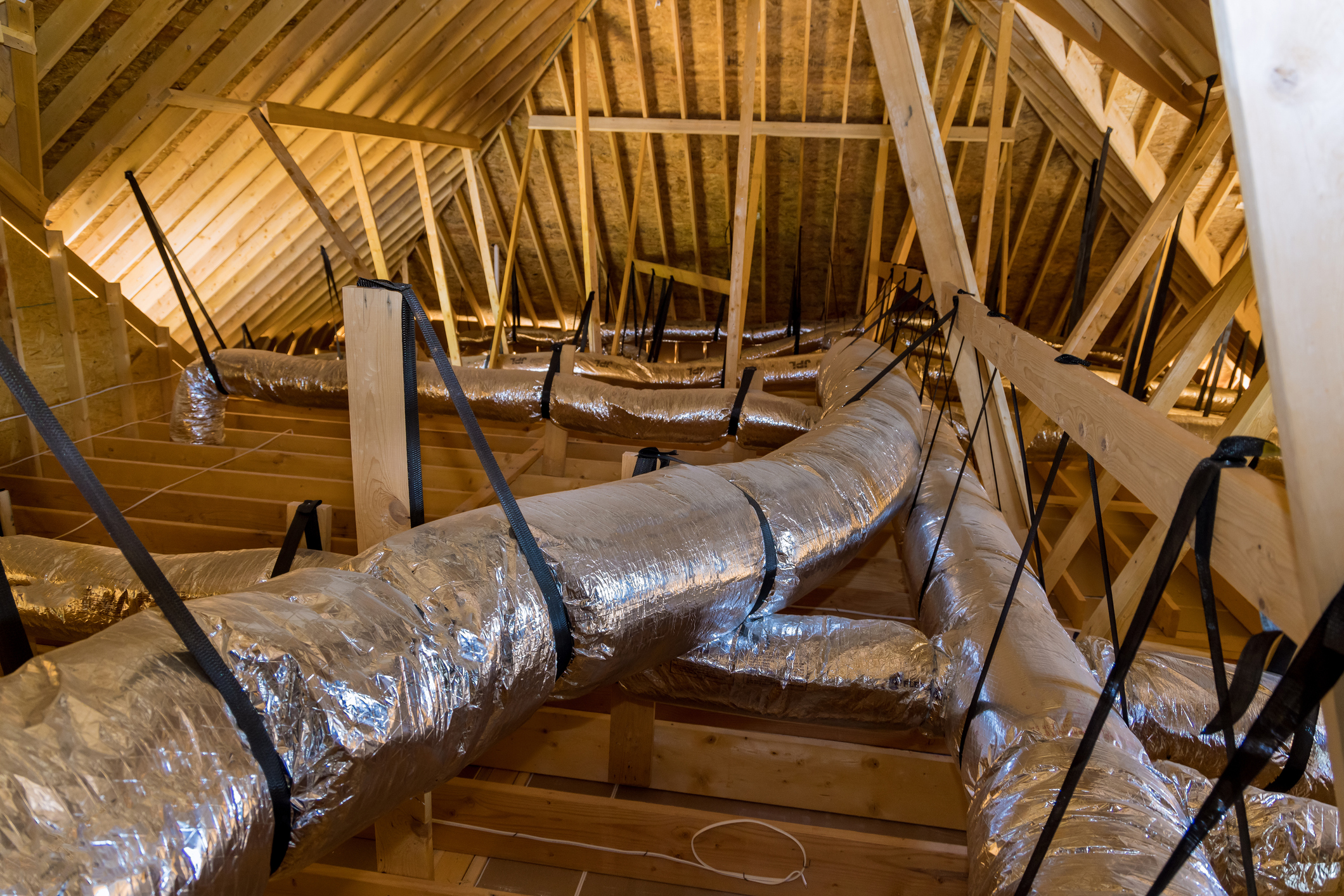Recently, I had a previous customer inquire about adding an electric fan in their attic to reduce
heat in summer and I was presented with the opportunity to educate, opposed to offering to
install something that was not going to add value to their home. First Choice Roofing and
Construction completed a complete insurance-approved roof replacement a year prior, where
we not only replaced their current ride-ventilation system, but also a GAF Lifetime Roofing
System that played a role in increasing energy efficiency and air flow throughout the home. My
response to the homeowner’s email was that by adding a fan to a ridge-ventilated roofing
system can potentially cause cross ventilation for several reasons:
1. Increased Air Movement: The primary purpose of a fan is to move air. By introducing a fan
into a ridge-ventilated system, you’re actively promoting air movement. This movement can
disrupt the natural flow of air within the ventilation system and potentially create cross
ventilation.
2. Pressure Differences: Fans create pressure differentials. Depending on the size and power
of the fan, it can create positive pressure inside the building, pushing air out through the ridge
vents, while simultaneously drawing air in through other openings such as soffit vents or
windows. This can result in air circulating through the space in a way that wasn’t intended by the
original design.
3. Unpredictable Air Patterns: Introducing a fan can disrupt the natural airflow patterns that
ridge ventilation systems rely on. Instead of a passive system where air moves through the
ridge vents due to natural convection, the fan can create unpredictable air patterns that lead to
cross ventilation.
4. Variable Wind Conditions: In a ridge-ventilated system without a fan, air movement is
largely dependent on natural forces like wind. Adding a fan introduces an artificial force that can
interact with natural wind patterns in unpredictable ways, potentially causing cross ventilation
under certain conditions.
While ridge ventilation systems are designed to promote airflow in a specific manner (typically
allowing hot air to escape through the ridge vents while drawing in cooler air through soffit
vents), adding a fan disrupts this equilibrium and can lead to unintended reactions such as
cross ventilation. However, it’s worth noting that in some cases, such as in areas with stagnant
air or during periods of extreme heat, adding a fan might be beneficial for enhancing ventilation
and cooling within the space, even if it does result in cross ventilation. At the end of the day,
your attic is supposed to be warmer than the rest of the house and it is better to not mess with
the natural flow of your roofing/soffit systems.
Bailey Shey Morris
Senior Project Manager
First Choice Roofing and Construction

